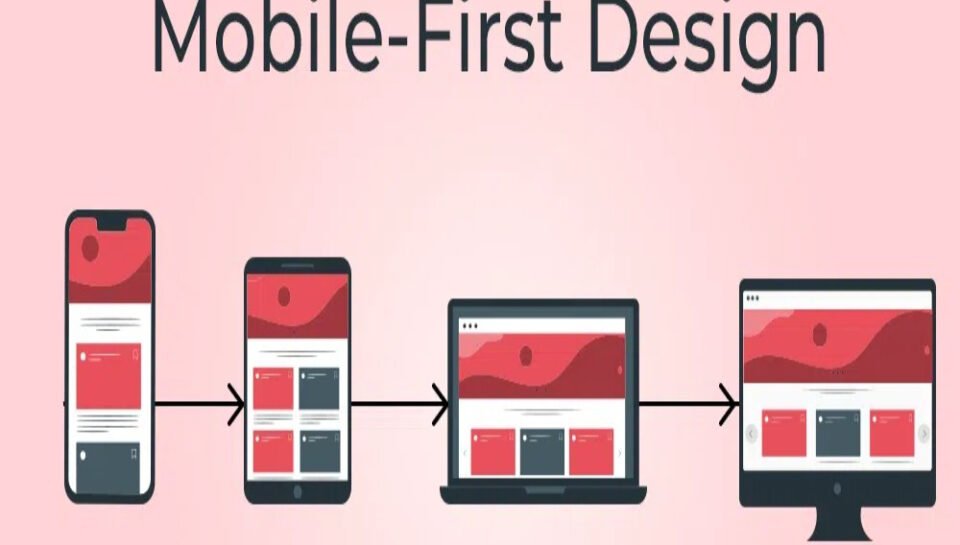
Define mobile-first design in the context of modern redesigns
Introduction
As mobile devices dominate the digital landscape, modern redesign strategies are increasingly built around the concept of mobile-first design. This approach prioritizes the mobile user experience from the very beginning of the design process, ensuring that websites and applications are not just responsive, but natively optimized for small screens. Rather than shrinking down a desktop experience, mobile-first design starts from the smallest device and scales up—creating cleaner, faster, and more user-centric digital experiences for everyone.
Designing for Mobile Before Desktop
In mobile-first design, designers begin with the constraints and capabilities of mobile devices—smaller screens, touch input, slower connections—and use these to create streamlined layouts and interactions. This foundation is then expanded for larger screens like tablets and desktops, ensuring scalability and consistency across devices.
Prioritizing Core Content and Features
Mobile-first forces teams to focus on essentials. With limited space and user attention spans, designers must highlight the most important content and functionalities. This leads to a cleaner user interface, improved hierarchy, and better overall user experience on all devices.
Improved Page Speed and Performance
Mobile-first design encourages lightweight assets, compressed images, and efficient code—all of which improve loading speed. This is especially important on mobile networks, where bandwidth may be limited. Fast-loading pages enhance both UX and SEO rankings.
Enhanced Touch-Friendly Interactions
Unlike desktops, mobile interfaces rely on touch. Mobile-first design incorporates larger buttons, intuitive gestures, and simplified navigation, ensuring the site is usable with thumbs rather than a mouse. This increases accessibility and engagement for mobile users.
Boosting Mobile SEO and Visibility
Search engines like Google prioritize mobile-friendly sites in their rankings, especially since mobile-first indexing became standard. A mobile-first redesign can directly impact search visibility, driving more organic traffic and higher click-through rates.
Better Conversion on Mobile Devices
With a growing number of users shopping, signing up, and engaging on mobile, optimizing forms, CTAs, and transactional processes for mobile use is critical. Mobile-first design increases conversions by removing friction and simplifying the journey.
Aligning with User Behavior Trends
Modern consumers live on mobile. Whether browsing social media, checking emails, or shopping online, mobile is their preferred gateway to digital content. A mobile-first redesign aligns with this behavior, meeting users where they are.
Facilitating Cross-Device Consistency
Starting with mobile design ensures that the interface scales logically and elegantly to larger screens. This approach minimizes the risk of layout inconsistencies or content hierarchy issues when adapting designs across multiple breakpoints.
Encouraging Minimalism and Clarity
Mobile-first design naturally encourages a minimalist philosophy—removing clutter, emphasizing whitespace, and choosing clarity over complexity. These principles carry over to desktop, creating visually clean and highly navigable experiences.
Streamlining Development and Testing
With fewer design elements and features to begin with, mobile-first projects often have cleaner codebases. It also simplifies QA testing across devices, since the design logic is clear and consistent from small screens up.
Conclusion
Mobile-first design is not just a trend—it’s a modern necessity. As mobile devices continue to dominate user engagement, redesigning with a mobile-first mindset ensures digital experiences are accessible, fast, and effective. It leads to simplified interfaces, stronger content prioritization, and enhanced user satisfaction across all devices. In today’s mobile-centric world, thinking small first leads to big results.
Hashtags
#mobilefirstdesign #responsivewebdesign #uxstrategy #modernredesign #touchfriendlyux #mobiledesignfirst #uxmobile #mobileux #designprinciples #minimaldesign #mobileconversion #mobileperformance #mobileusability #crossdeviceux #mobileoptimization #progressivedesign #cleanui #fastloadingweb #contentfirst #mobileaccessibility #mobileuserjourney #uxconsistency #mobilescalability #webredesign #adaptiveux





